Contents
The Cost of Living in Saudi Arabia presents a unique dichotomy, reflecting its affluence and roots. Understanding the economic landscape is crucial for expatriates and locals to navigate life in this enigmatic kingdom. At the heart of this inquiry lies Riyadh, where the cost of living is markedly higher than in other regions yet offers unparalleled opportunities and experiences.
The Cost of Living in Saudi Arabia, Riyadh.
Accommodation Cost in Saudi Arabia vary significantly depending on location, type of housing, and the lifestyle one chooses to lead. In Riyadh, the epicenter of business and political activities, accommodation costs can be substantial. Riyadh Neighborhoods such as Al Olaya and Al Muhammadiyah are renowned for their luxury and convenience, often attracting expatriates and affluent locals. Here, the cost of apartments for rent in Riyadh can range from SAR 5,000 to SAR 15,000 per month for a standard three-bedroom apartment. More affordable options exist in districts like Al Khaleej and Al Naseem, where rents might hover around SAR 3,000 to SAR 6,000 monthly.
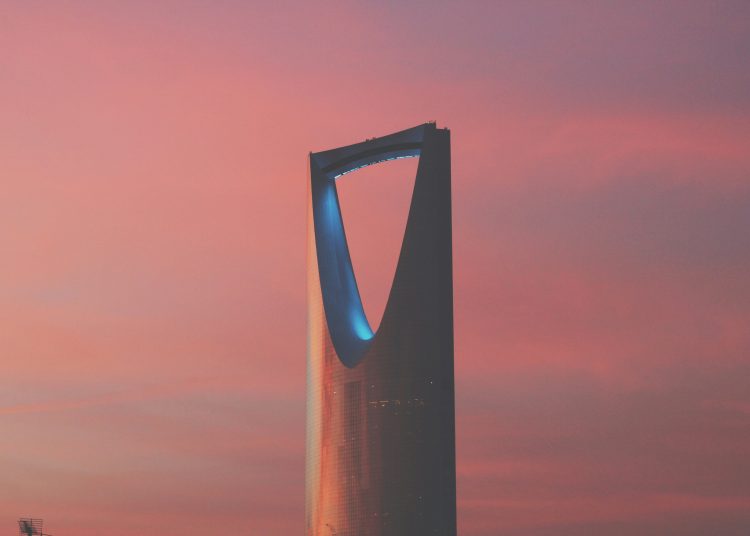
Cost of Living in North Riyadh
The cost of living in Riyadh, particularly in its northern districts, paints a vivid picture of affluence and comfort. For those seeking luxury living in north Riyadh, neighborhoods like Al Sahafa and Al Malqa offer a glimpse into a world where elegance meets convenience, and every detail is meticulously crafted to cater to the discerning resident.
Luxury Living in North Riyadh is synonymous with exclusivity and sophistication. This capital region is renowned for its upscale neighborhoods, where modern architecture and high-end amenities create a lifestyle akin to a perpetual retreat. In areas like Al Sahafa Riyadh and Al Malqa Riyadh, one can find an array of luxurious accommodations catering to expatriates and affluent Saudis, providing a sanctuary away from the bustling city center.
Al Sahafa Riyadh is a neighborhood that exemplifies the pinnacle of urban luxury. Here, wide boulevards are lined with stylish villas and state-of-the-art apartment complexes, each offering a range of amenities to enhance the living experience. Furnished apartments for rent in Al Sahafa are trendy among expatriates seeking a hassle-free transition to Riyadh. These fully-equipped homes come with modern furnishings, high-speed internet, and access to communal facilities such as swimming pools and fitness centers. The rent for a furnished apartment in Al Sahafa can range from SAR 8,000 to SAR 20,000, depending on the size and specific location within the district.
Not very far from Al Sahafa, Al Malqa Riyadh offers an equally compelling option for those seeking luxurious accommodations. Known for its tranquil environment and elegant residences, Al Malqa attracts families and professionals looking for a balanced lifestyle. The area boasts numerous high-end grocery stores, international schools, and leisure facilities, making it a self-contained haven. Furnished apartments for rent in Riyadh in Al Malqa district are slightly more affordable than in Al Sahafa, with monthly rents typically ranging from SAR 7,000 to SAR 18,000. These apartments often have modern amenities, ensuring residents enjoy a comfortable and convenient lifestyle. The cost of living in Saudi Arabia in Al Malqa District is slightly more affordable than other parts in Riyadh.
The cost of living Saudi Arabia in these upscale neighborhoods extends beyond just accommodation. Daily expenses, from dining to leisure activities, reflect the luxurious standards of the area. High-end restaurants, cafes, and boutiques abound, offering endless choices for those who appreciate the finer things in life. A dinner for two at a top-tier restaurant in North Riyadh can easily cost SAR 500 or more, while a monthly membership at an exclusive fitness club may set one back around SAR 1,500 to SAR 3,000.
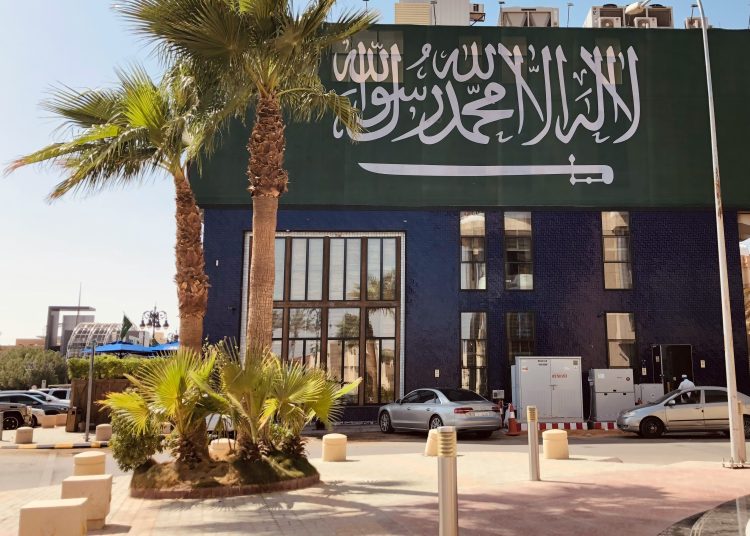
Cost of Living in Saudi, Daily Expenses
The Cost of Living in Saudi Arabia extends beyond just rent. Daily expenses, from groceries to utilities, also play a significant role. While Saudi Arabia offers subsidized utilities, making water and electricity relatively inexpensive, groceries can vary. Western expatriates might find comfort in international supermarkets, but these come with a higher price tag than local markets. A balanced grocery bill for a family of four might range from SAR 1,000 to SAR 2,000 monthly, depending on dietary preferences.
One must also consider transportation when considering the overall cost of living in Saudi. The advent of the Riyadh Metro, which is expected to alleviate some of the city’s notorious traffic congestion, will offer a cost-effective and efficient mode of transport. Until then, many rely on cars, with fuel prices being meager compared to global standards, thanks to the kingdom’s vast oil reserves. A typical expat might spend around SAR 500 to SAR 1,000 monthly on fuel, depending on their commute.
Healthcare is another critical aspect of the cost living in Saudi Arabia. Private health insurance is often necessary for expatriates, with premiums varying based on coverage levels. A comprehensive plan might range from SAR 3,000 to SAR 10,000 annually. However, the quality of healthcare is excellent, with state-of-the-art facilities and highly trained professionals.
Education, particularly for expatriate families, is another significant expense. International schools in Riyadh offer high-quality education but have steep fees, often ranging from SAR 30,000 to SAR 100,000 per year. These institutions follow curricula catering to the diverse expatriate population, including American, British, and International Baccalaureate.
Other Expenses adding to the Cost of Living in Saudi Arabia
For those contemplating a move to Saudi Arabia, particularly to its vibrant capital, understanding these facets of the cost of living in Saudi Arabia is essential. The kingdom offers a compelling mix of luxury and tradition, making it a unique place to call home. Living in Saudi Arabia is not just about managing expenses but about embracing a way of life that intertwines the past and the future, the local and the global.
Living in Saudi Arabia also means indulging in the kingdom’s burgeoning tourism sector. With Vision 2030, Saudi Arabia is transforming into a central tourist hub. The cost of leisure activities, from visiting the Red Sea’s pristine beaches to exploring the historical sites in Al-Ula, can vary widely. Entrance fees to tourist sites are generally affordable, yet luxury experiences, such as staying in high-end resorts, can be pretty costly.
In this land of contrasts, where ancient history meets futuristic vision, the cost of living in Saudi Arabia is a journey, revealing the true essence of a nation on the cusp of transformation. Whether navigating Riyadh’s bustling streets or exploring its neighborhoods’ quiet, serene corners, one is constantly reminded that in Saudi Arabia, every Riyal spent is an investment in an extraordinary adventure.
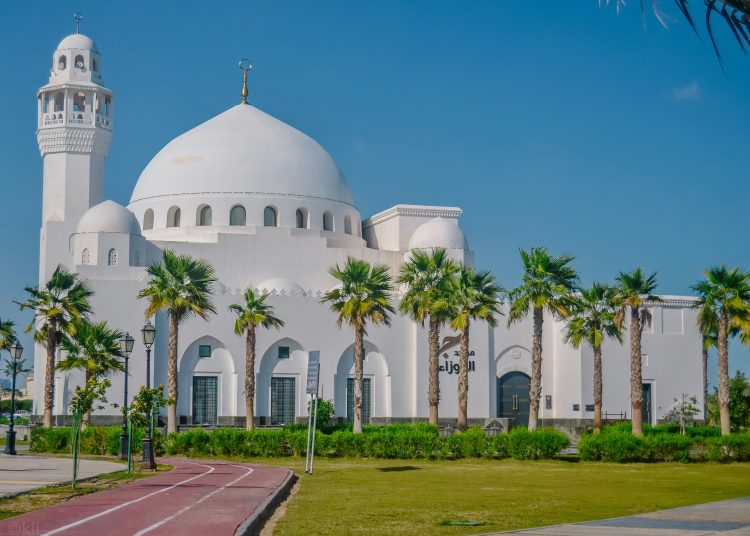
Cost of Living in Saudi Arabia for a single person vs. cost of living in Saudi Arabia with family
For a single person, the monthly cost of living in Saudi Arabia is considerably lower than that of a family. A single expat or local typically needs to budget for smaller accommodations, modest grocery bills, and fewer day-to-day expenses. For instance, apartments for rent in Jeddah, a city known for its vibrant culture and coastal charm, can range from SAR 2,500 to SAR 5,000 for a one-bedroom apartment.
Similarly, in Dammam, a one-bedroom apartment for rent in Dammam might cost between SAR 2,000 and SAR 4,000. A single person’s monthly grocery bill is generally around SAR 600 to SAR 1,000, and additional expenses for dining out, transportation and leisure activities could sum up to SAR 2,000 to SAR 3,000.
Conversely, a family residing in Saudi Arabia faces a different financial landscape. The need for larger living spaces, comprehensive healthcare, and educational expenses significantly increases the cost. Apartments for rent in Makkah, a city of profound spiritual significance, offer spacious family accommodations ranging from SAR 6,000 to SAR 12,000 for three-bedroom apartments.
Monthly grocery bills for a family of four can escalate from SAR 2,500 to SAR 4,000. Additionally, educational costs for international schools, healthcare premiums, and family entertainment further augment the budget, often totaling between SAR 15,000 and SAR 25,000 per month.
Tourism in Saudi Arabia also adds a layer of expense for families, who are more likely to explore the kingdom’s diverse attractions. Family trips from the Red Sea beaches to the historical sites in Al-Ula can significantly add to the overall cost of living.
While a single person might find the monthly cost of living in Saudi Arabia manageable and economical, families must navigate more complex financial terrain, balancing higher housing, food, education, and healthcare costs. For both, however, Saudi Arabia offers a rich tapestry of experiences and a lifestyle that intertwines the modern with the traditional, making every Riyal spent an investment in an extraordinary journey.
Frequently Asked Questions
How much money do you need to live comfortably in Saudi Arabia?
To live comfortably, the cost of living in Saudi Arabia for a single person is approximately SAR 8,000 to SAR 12,000 monthly, while a family requires around SAR 20,000 to SAR 30,000.
Is the cost of living in Saudi Arabia expensive?
The cost of living in Saudi Arabia differs by lifestyle and location. While urban centers like Riyadh and Jeddah can be pricey, overall living costs are moderate compared to many Western countries.
What is a good expat salary in Saudi Arabia?
A good expat salary in Saudi Arabia ranges from SAR 15,000 to SAR 25,000 monthly to match the cost of living in Saudi Arabia. This amount generally covers comfortable living expenses, including housing, utilities, transportation, and leisure activities
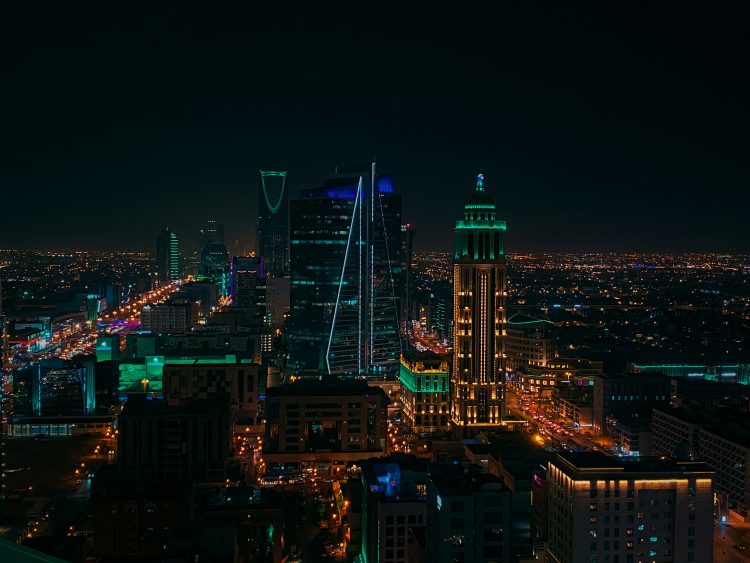

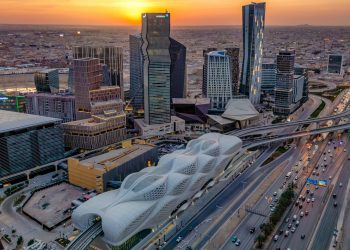


Discussion about this post